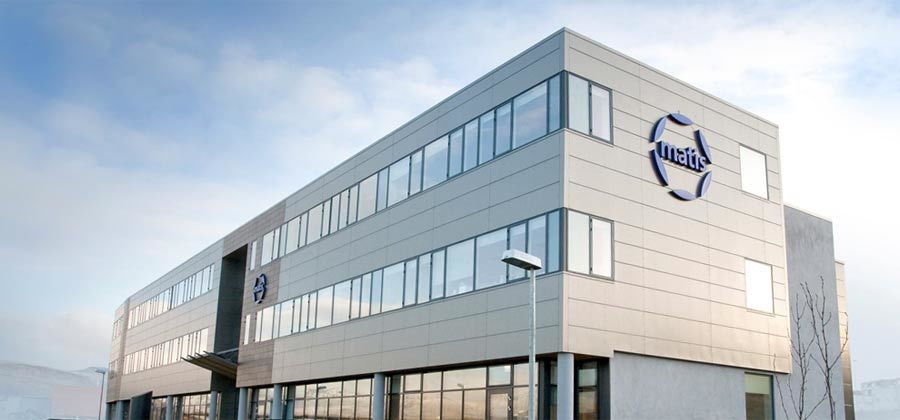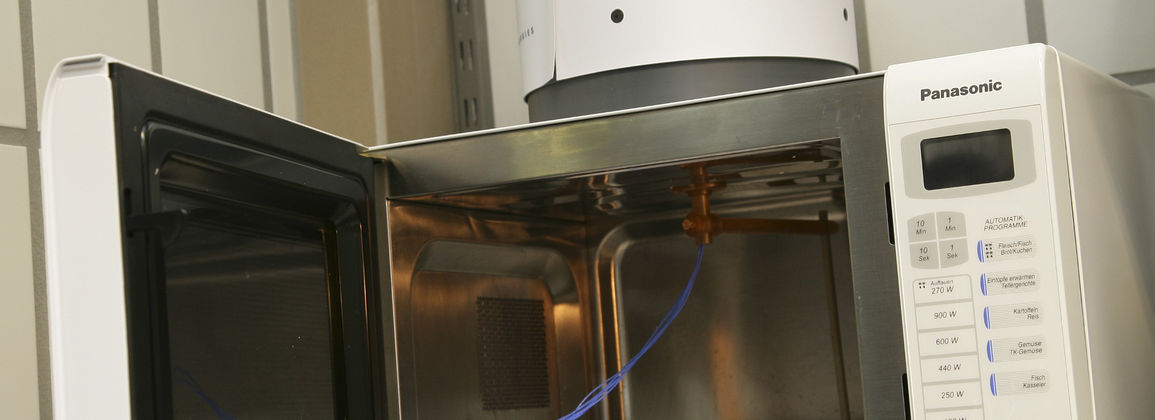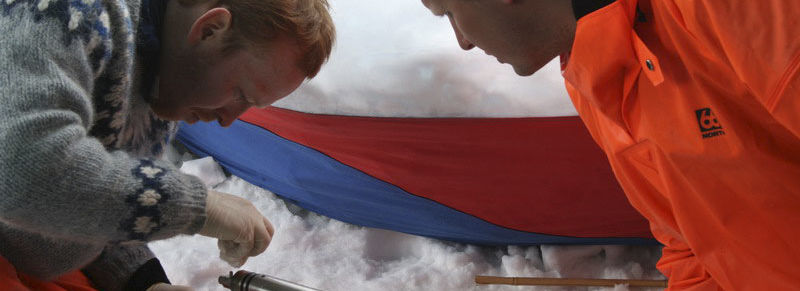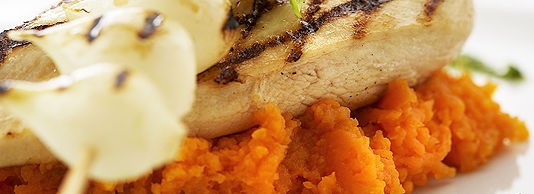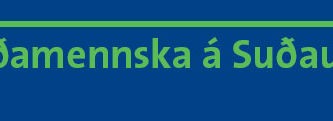The utilization of fillets from cod caught in the Southeast is better than from cod caught from the North. Fillet utilization is also better in the period June to August compared to other quarters, according to a study by Matís (Matvælarannsóknir Íslands) entitled Effect prediction-link between raw material quality in the processing and utilization of cod products.

The study, a joint project of Matís and Fisk Seafood, finds results in how cod caught in different fishing areas and at different times of the year is used as a raw material in the processing and processing of lightly salted cod products, but this product has enjoyed growing popularity. in markets in southern Europe in recent years. The study examined factors such as the age of the raw material from fishing, release, bruising, carcasses and more, which may be related to seasonal fluctuations in the condition of the raw material and fishing areas, as well as fishing methods and handling of catch from fishing to processing.
"There were indications of different characteristics of cod in different fishing areas and seasons. The main results were that fishing areas out of the Southeast gave significantly better fillet utilization in cod than fishing areas out of the North, in addition to which fillet utilization was better in the period June-August, compared to other quarters, "says Sigurjón Arason, an expert at Matís.
He says that when the cod was divided into three weight categories, it was found that the lightest category (1.4-2.1 kg) had a greater weight gain due to the action of lightly salted products than the heavier categories. "This indicates that the heavier cod needs more time to pickle than the lighter cod. Water resistance was noticeably lower in fishing areas out of the North and Northeast than in other fishing grounds. "
The project was funded by AVS Fisheries Research Fund.

